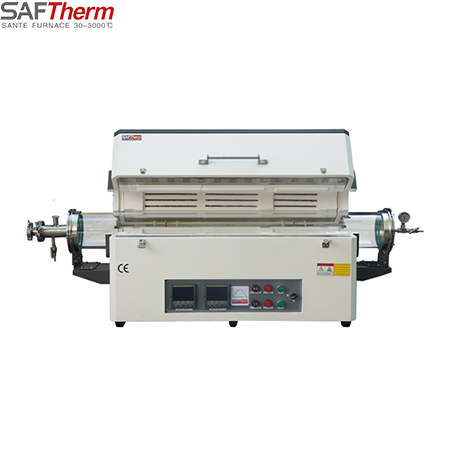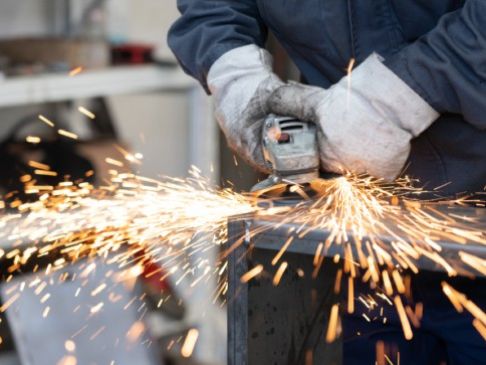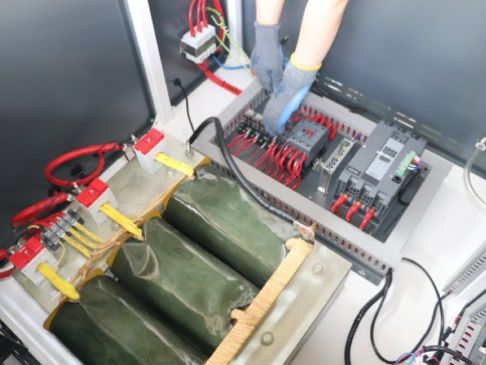Time:
Tube furnaces come in a variety of forms, including single and three-zoned constructions which help the user control temperature ranges in each zone. Some models also offer split-hinge designs, which allow easy changing of the inner heating tubes.
Split Tube Furnaces: A split tube furnace - which is often used in academic and R&D applications - consists of a hinged body that opens in half to allow easy access to the internal chamber.
Solid Tube Furnaces: A solid tube furnace does not open, either vertically or lengthwise. They utilize a process tube that passes through a fixed heating cylinder, which is ideal for applications where batches are developed to repeated sample sizes.
Rotary Tube Furnaces: These are ideal for physiochemical processing. Rotary Tube Furnaces heat and mix samples simultaneously in a controlled atmosphere while the material continuously passes through the work tube.

Related News

ndustrial furnaces are used globally for a wide range of applications. As the selection of applications grew, different types of furnaces were developed to keep up with demands.
ASHING FURNACES
Ashing furnaces are used to determine the amount of ash that forms after a sample is burned. Typical materials used as samples in ashing furnaces are petroleum products, lubricating oils, and coal.

Our furnaces can be used in high-temperature tempering, annealing, quenching and other
Get A Free Quote
Submit Request